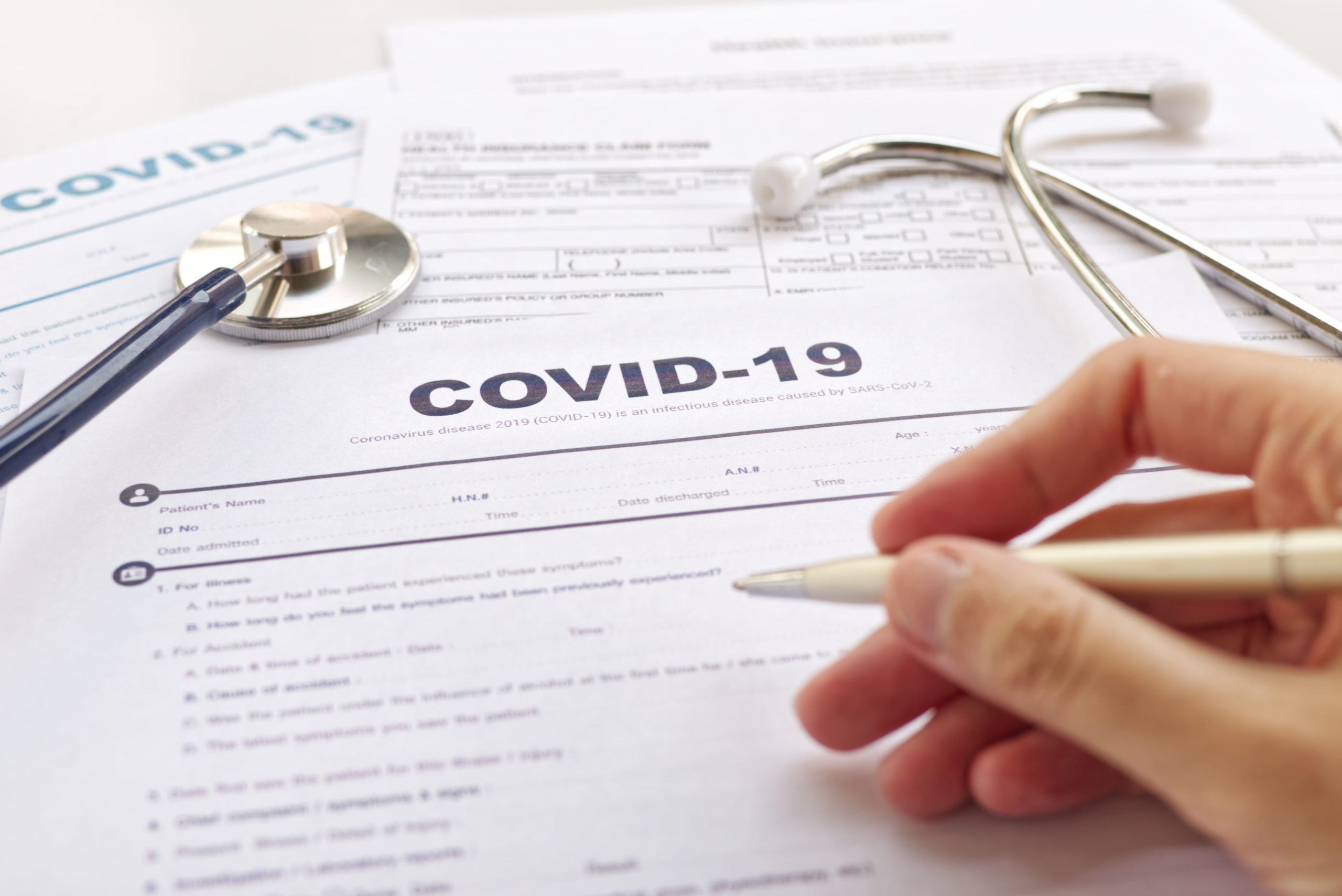July 2, 2020
The Influence of COVID-19 On Public Health and Health Policy

While the US manages new surges across parts of the country and hopes for Covid-19’s eventual eradication, its learnings will leave a mark on emergency medicine, hospital medicine, and critical care. From pandemic preparedness to the value of evidence-based care, myriad takeaways and learnings will help strengthen the world’s response to potential future pandemics. Public health and health policy have also met this crisis in new ways, and clinicians and health administrators are wise to follow changes and how the pandemic may influence future policy.
Telemedicine
For the past three years, the health policy community has been pushing for an update on telemedicine regulations. As COVID-19 began to impact densely populated neighborhoods and cities, the federal government published conditional waivers allowing new uses of telemedicine services. For details on telehealth and medicine, The US Department of Health and Human Services guidelines released FAQs on Telehealth and HIPAA during the COVID-19 nationwide public health emergency.
Hospital medicine especially benefited when deploying telemedicine. Tele-hospitalists have been able to support and supplement onsite physicians with patient care, physician consultations, running rapid responses, and facilitating codes through synchronous video technology.
Telemedicine also increased patient access in a way that allows non-critically ill patients to receive virtual care. Especially during COVID-19, this created a successful model that helped patients reduce their exposure to unnecessary risk, reduced emergency room crowding, and increased bed availability for the critically ill.
In just a few short months, the Pandemic created a heightened awareness of how telemedicine can deploy to serve needs in various care settings across both populated cities and rural locations. As crises often do, innovation took place to help problem solve. In this case, telemedicine is addressing gaps of medical coverage as many frontline doctors had to quarantine and became unavailable.
Telemedicine also helped provide access to maintenance care for patients with chronic conditions during the surge’s peak. Across the continuum, it proved an effective and efficient strategy to provide access. Let’s hope policymakers re-think how telemedicine is reimbursed, so its access and coverage benefits continue, regardless of COVID-19.
Nursing Home Care
The COVID-19 Pandemic reminded us just how important it is to re-think long term care in the United States. Our population health strategy at Sound Physicians is to reduce the intensity of care, post-discharge. If a patient can safely discharge home, we can help improve their chances of recovery at home. There are, however, a cohort of patients that will need a higher intensity of post-discharge care and so they must be discharged to a nursing home. Economic realities of nursing homes and long-term care facilities existed prior to COVID-19; however, those realities are pronounced from the alarming death toll. Aging in a nursing home or long-term care facility is never as good as aging at home. To make the shift to aging at home, as a healthcare community, we need to advocate for change in how Medicare pays for care at home. Let’s hope this is our final wake-up call to address this critical policy issue
Tracing and Prepardness
Critical to pandemic preparedness is a way to trace those sick and who they were in close contact with during their infectious period. As a country, we did not have the resources or processes in place to deploy a contact tracing strategy. Many states, such as New York, are now investing heavily in hiring contact tracers and community service liaisons.
For those unfamiliar with the fundamental traits of a contact tracing program, let me share the math in simple terms. A person infected with COVID-19 will likely infect two to three people during their infectious period. For simplicity, let’s assume one person infected with the virus infects three people during their infectious period. If a contact tracer can reach two out of three exposed people before those two people show any symptoms, their quarantine effectively prevents six other potential infections. Without a contact tracer, these six people would go on to infect 18 other people. The impact is dramatic. Contact tracing, testing capacity, and social distancing measures will remain our best defense until we have a safe and effective vaccine.
Even with a vaccine and the hopeful eradication of COVID-19, this Pandemic will continue to influence the healthcare system. Making long-term predictions of “how,” is an estimate of many experts, though it’s prudent to consider that current lessons learned will leave an imprint on the health system and lasting influence on policy and public health.
